Enigma Escape
Unity Engine | PC | Team Project | Released on Itch.io
About The Game
Enigma Escape is a first-person puzzle game where the player must escape a treacherous labyrinth designed by a conniving overlord. Developed as part of a multi-game story arc, this chapter challenges the player to solve a variety of puzzles to unlock portals, navigate the maze, and collect ten hidden coins to win their freedom. The game culminates in a final, difficult Klotski puzzle, testing everything the player has learned.
Media Showcase



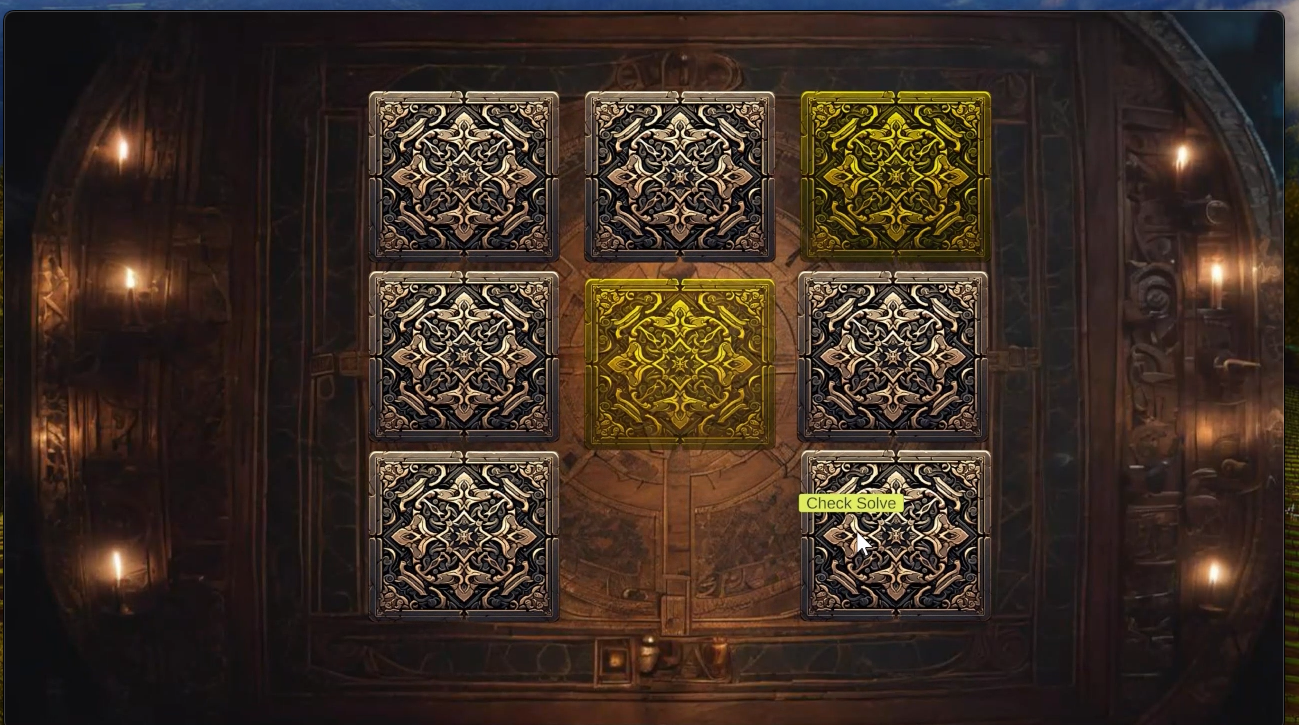
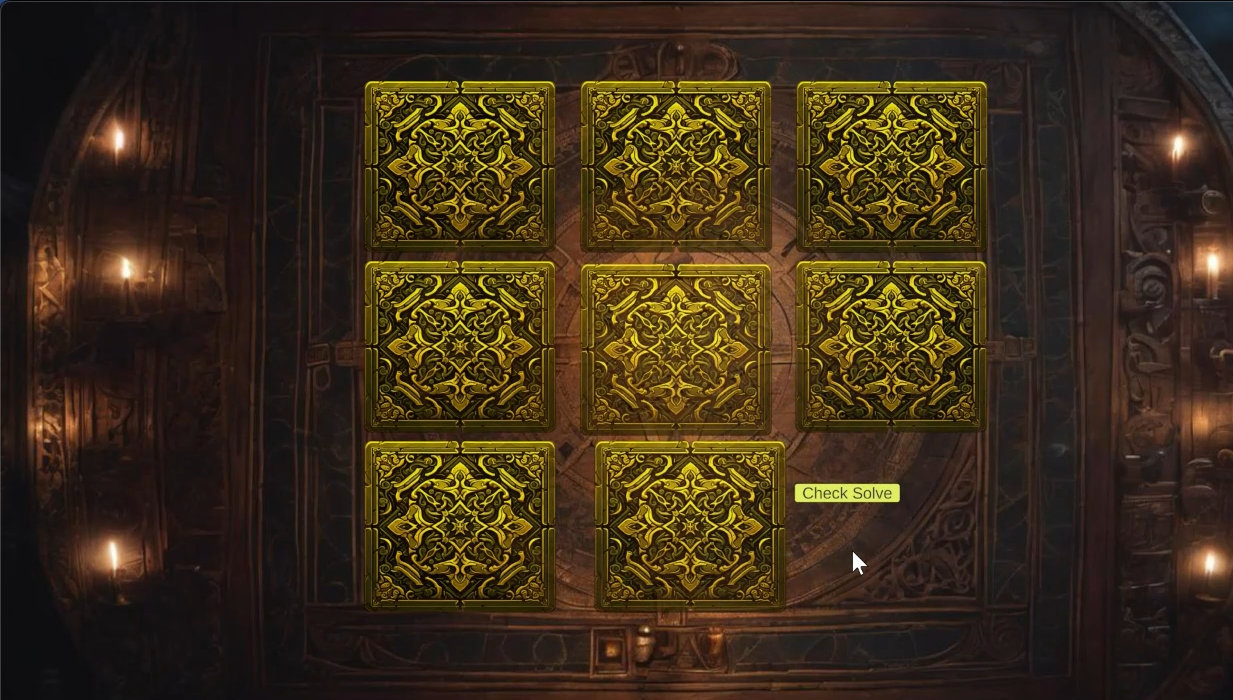
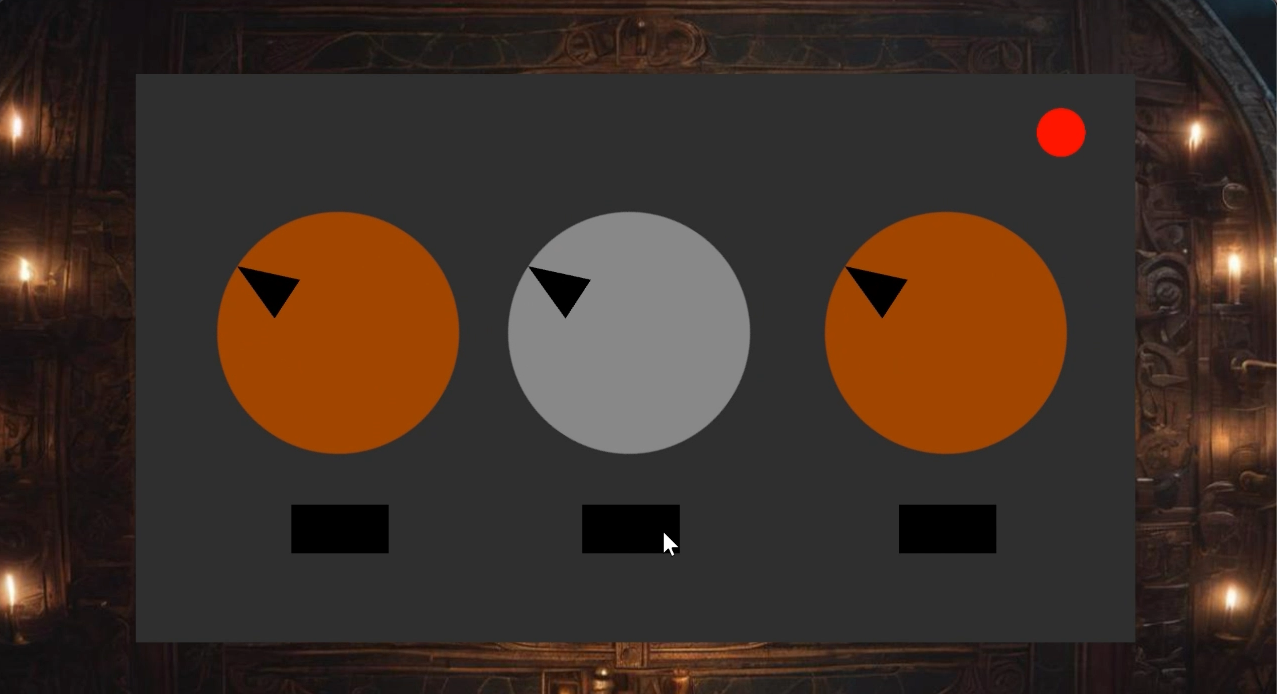
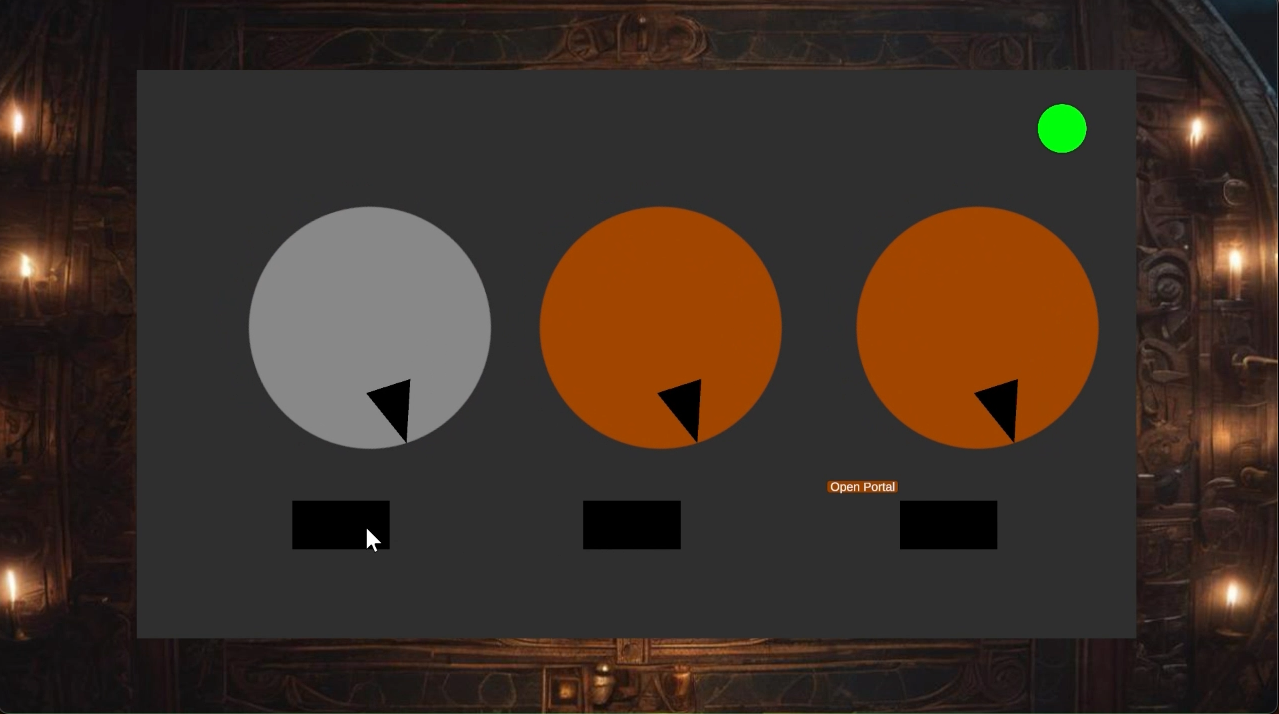


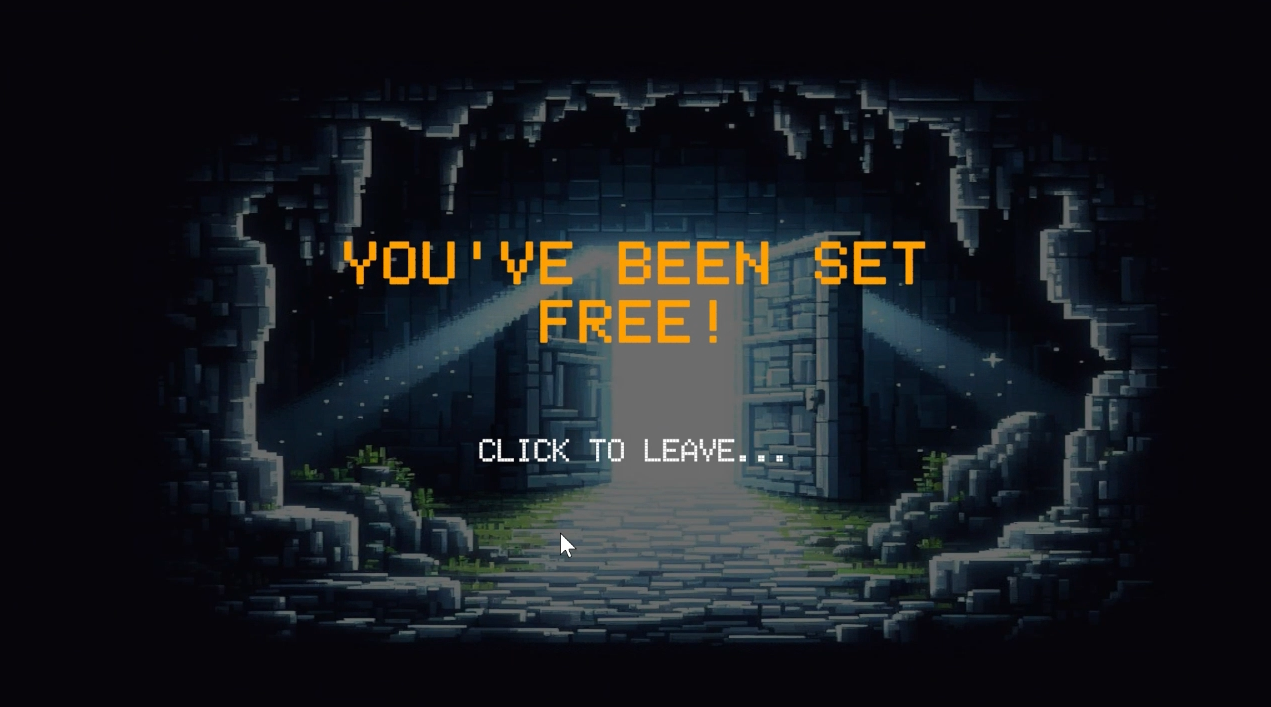
My Role & Technical Contributions
In this team project, my focus was on ensuring a cohesive player experience and integrating the various puzzles and systems into a unified game.
-
Game Flow & Integration: I took primary responsibility for the overall game loop, connecting the maze navigation, puzzle-solving, and final escape sequence. This involved implementing the logic that tracked player progress (coins collected, puzzles solved) and triggered key events, such as unlocking the final gate.
-
Project Management & Organization: I helped structure the Unity project to accommodate contributions from multiple developers. This included managing scenes and ensuring that individually developed puzzles could be seamlessly integrated into the main labyrinth level.
-
Player Interaction Systems: While teammates designed the core puzzle mechanics, I worked on the interaction layer that connected the player to these puzzles—triggering the puzzle UI when a player approached a portal and returning them to the maze upon completion.
Lessons Learned
This project was a critical exercise in team collaboration and project management, offering several key insights for future development.
-
The Importance of a Unified Art Direction: A significant challenge was integrating assets from different team members, which resulted in an inconsistent art style. This highlighted the need to establish a clear art direction and assign a dedicated art lead early in the process to ensure all visual elements are cohesive.
-
Establishing Code & Asset Conventions: As the project grew, navigating the file structure became difficult due to varied naming conventions for scripts, sprites, and objects. The key takeaway was the need to establish and enforce strict naming and organization rules from day one. A well-organized project is exponentially easier to manage, debug, and scale.
-
Proactive Communication & Role Definition: The project emphasized the value of clear communication and well-defined roles. In future team environments, I will advocate for clearly delegating responsibilities (e.g., Art Lead, Systems Lead, UI Lead) to ensure accountability and prevent gaps in the development process.